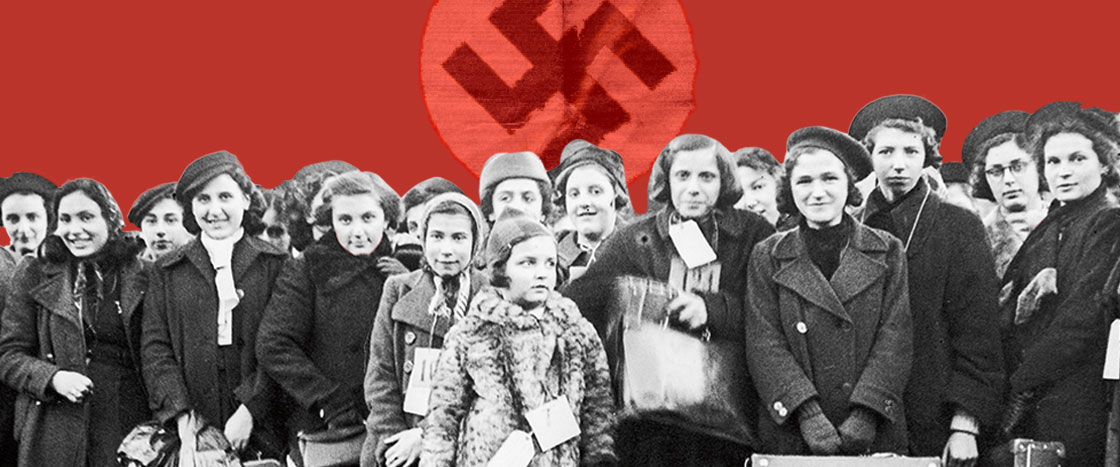On a chilly April morning in 1939, 14-year-old Lore Sulzbacher sat alone in an enormous train station in London. All around her, people were talking, but Lore didn’t know what they were saying. She didn’t speak a word of English.
Lore clutched her only possessions: a suitcase filled with clothes and photographs, and her accordion, a musical instrument she loved to play. She wondered what was going to happen to her.
Only a few days earlier, Lore’s parents had said they were sending her away from her home, from everyone and everything she knew and loved. Germany, where Lore had been born and always lived, had become too dangerous for Jewish people like them. And it was clear that more terror was coming.
There was no escape for Lore’s parents. But they had been given the chance to send Lore to England, where they hoped she’d be safe.
As Lore shivered in the station that cold April morning, her mind swirled with worry and fear. A British family had volunteered to take her in, but Lore had never met them. She didn’t even know their names. What sort of people would they be? What would become of her family? What kind of life would she have in this strange new land?
Lore wanted to be brave, but she fought back tears.
Why did her parents have to send her away?
On a chilly April morning in 1939, 14-yearold Lore Sulzbacher sat alone in a big train station in London, England. All around her, people were talking. But Lore didn’t know what they were saying. She didn’t speak English.
Lore clutched a suitcase filled with clothes and photographs. She wondered what was going to happen to her.
Only a few days earlier, Lore’s parents had told her they were sending her away from their home in Germany. Life had become too dangerous for people like them—Jewish people. And worse was coming, they were sure. There was no escape for Lore’s parents. But they sent Lore to England, where they hoped she’d be safe.
Now Lore sat by herself, shivering in the train station. She was waiting for a British family that had volunteered to take care of her. But she had never met them. She didn’t even know their names. What sort of people would they be? What would become of her family? What kind of life would she have in this strange new land?
Lore wanted to be brave. But she fought back tears.
Why did her parents have to send her away?

